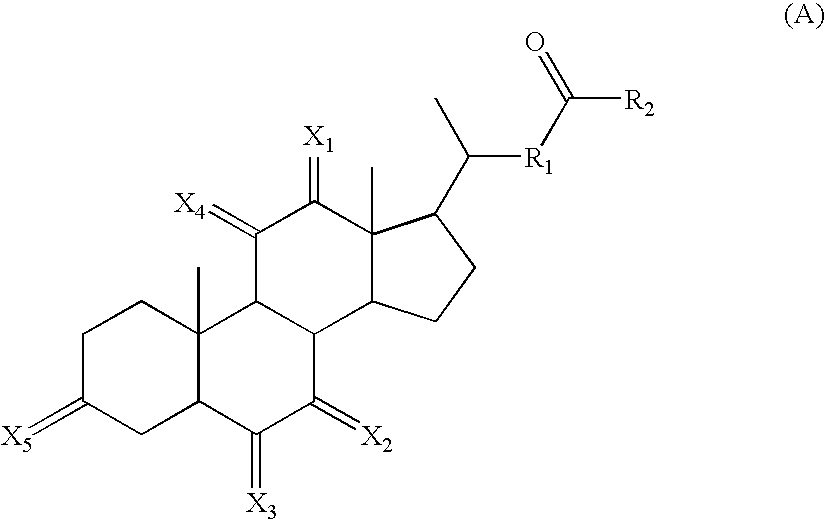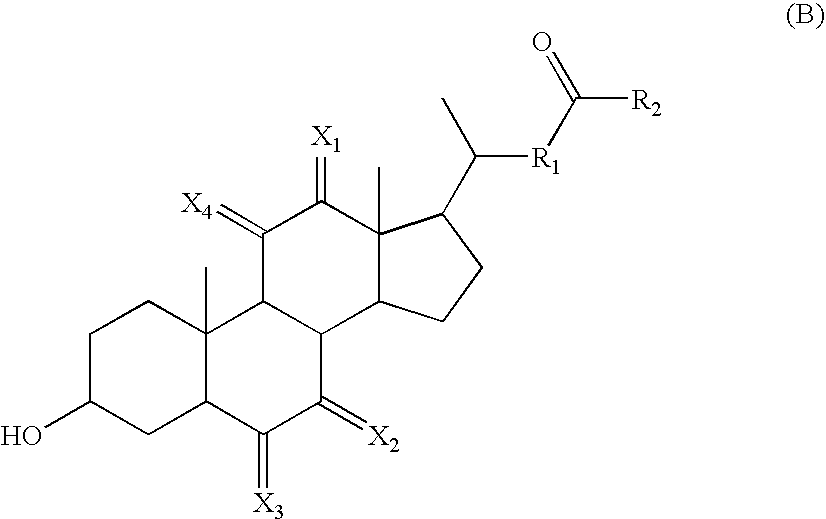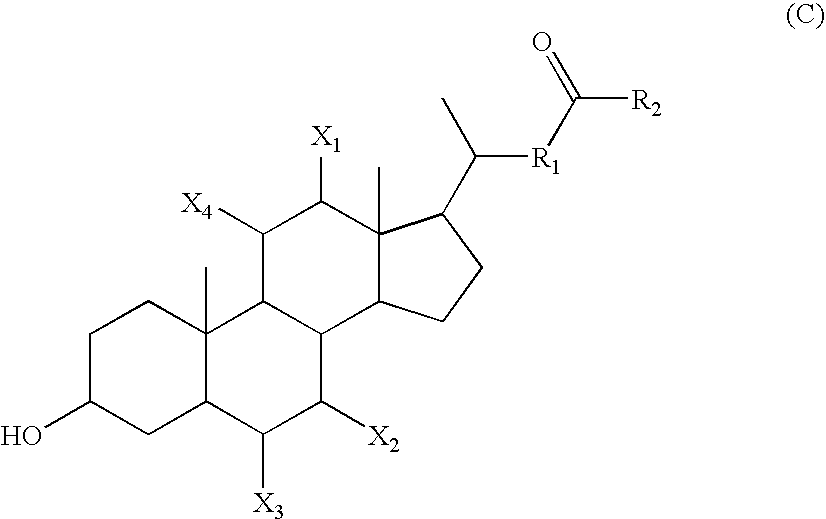Calicheamicin conjugates
a technology of calicheamicin and conjugates, which is applied in the direction of antibody medical ingredients, drug compositions, peptides, etc., can solve the problems of insufficient complete remission in a majority of cancers, use of monomeric calicheamicin derivative/carrier conjugates in developing therapies, formation of protein aggregates, etc., and achieves low conjugated fraction (lcf) and low conjugated fraction (lcf)
- Summary
- Abstract
- Description
- Claims
- Application Information
AI Technical Summary
Benefits of technology
Problems solved by technology
Method used
Image
Examples
example 1
Generation of Anti-Lewis Y Antibodies
[0225] Wild-type (hu3S193) and mutant (G193) anti-Lewis Y antibodies were generated. The murine 3S193 mAb was generated by immunization of BALB / c mice with human adenocarcinoma cells positive for the Lewis Y antigen. A humanized version of the 3S193 antibody was subsequently generated (hu3S193). Detailed specificity analysis demonstrated that hu3S193 was highly specific for Ley (no binding to H-type 2 or type 1 antigens) and displayed only minimal cross-reactivity with the Lex trisaccharide. The mutated IgG1 version of hu3S193 (G193) differs from hu3S193 in that it has two amino acid substitutions in its CH2 domain, namely: leucine (234) to alanine and glycine (237) to alanine. In addition to the above two mutations, there were two additional conservative mutations (aspartic acid at position 358 to glutamic acid, and methionine at position 360 to leucine) corresponding to the Gmz allotype in the CH3 domain of IgG1. Thus, the humanized mutant IgG...
example 2
Conjugation of Anti-Lewis Y Antibodies to Calicheamicin
[0251] Antibodies were initially conjugated to calicheamicin (CM) as follows. The antibody at a protein concentration of approximately 10 mg / ml was adjusted to pH 8-8.5 with a high molarity non-nucleophilic buffer (1 M HEPES). Next, an excipient (sodium octanoate) that prevents protein aggregation was added at a final concentration of 0.1-0.2 M. Finally, 5% of the protein mass of activated calicheamicin derivative was added as a concentrated solution (10-20 mg / ml) in an organic solvent (ethanol or dimethylformamide). This reaction mixture was then incubated at 25-35° C. for 1 to 2 h. Progress of the reaction was monitored by SEC-HPLC. After completion of the reaction, the conjugate was separated from aggregated antibody and free calicheamicin on a preparative SEC column. The amount of CM per antibody of conjugate preparations that was used in the presented experiments ranged between 22 and 47 μg / mg and between 17 and 30 μg / mg f...
example 3
Specificity and Kinetics of the Anti-Lewis Y Antibody Calicheamicin Conjugates
[0263] To ascertain that conjugation of calicheamicin to the wild-type (hu3S193) and mutant (G193) anti-Lewis Y did not obliterate the binding to Ley, these antibodies and their respective conjugates were subjected to plasmon resonance analysis (BIAcore) and / or FACS analysis. Hu3S193, as well as hu3S193-AcBut-CM, only recognized Ley-BSA and none of the following oligosaccharide antigens: H type I, H type II, sialyl-Lea, sialyl-Lex, sulfo-Lea sulfo-Lex, Lea, Leb or Lex. The kinetics of the binding of hu3S193-AcBut-CM differed from those of hu3S193. The Ka and the Kd of the antibody were also altered by conjugation to CM.
[0264] Taken together, the results from BIAcore and FACS analysis indicated that conjugation of CM to hu3S193 or G193 did not affect the specificity for Ley-BSA or for Ley positive cells (data not shown). The altered kinetic parameters of hu3S193-AcBut-CM as compared to hu3S193 did not nec...
PUM
| Property | Measurement | Unit |
|---|---|---|
| Temperature | aaaaa | aaaaa |
| Temperature | aaaaa | aaaaa |
| Temperature | aaaaa | aaaaa |
Abstract
Description
Claims
Application Information
 Login to View More
Login to View More - R&D
- Intellectual Property
- Life Sciences
- Materials
- Tech Scout
- Unparalleled Data Quality
- Higher Quality Content
- 60% Fewer Hallucinations
Browse by: Latest US Patents, China's latest patents, Technical Efficacy Thesaurus, Application Domain, Technology Topic, Popular Technical Reports.
© 2025 PatSnap. All rights reserved.Legal|Privacy policy|Modern Slavery Act Transparency Statement|Sitemap|About US| Contact US: help@patsnap.com



